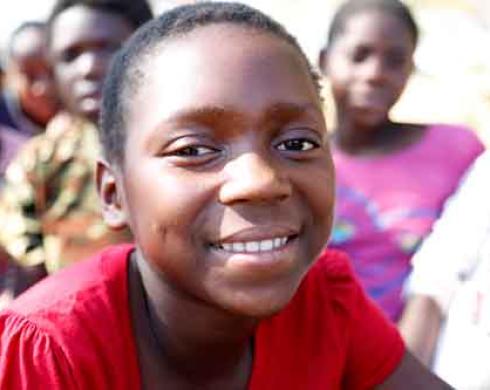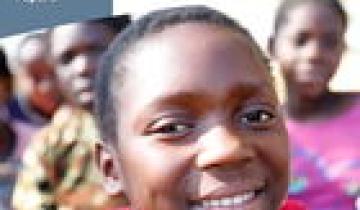Adolescent Sexual and Reproductive Health
Improving adolescent sexual and reproductive health requires decision-makers to have evidence on what works or not, for whom and why, particularly in low- and middle-income countries (L&MIC). Our scoping paper describes what we know about existing evidence, explores where quality evidence is missing, and identifies where there is sufficient evidence to inform decisions and actions to improve programming. 3ie is using the results of this scoping work to build more impact evaluation and systematic review evidence programming in this area.

Background
Adolescence is a critical period in life, during which children aged 10–19* undergo extensive biological, psychological and social changes. During this time, accessing sexual and reproductive health services can pose serious challenges for them. There are currently 1.2 billion adolescents, the majority of whom live in L&MICs.
Sexual and reproductive health plays an integral role during adolescence, and lack of it can have long-lasting effects on many aspects of a person’s life. Programming that addresses this area has the potential to improve not only adolescent sexual and reproductive health, but also their overall health and ability to reach their full potential. Importantly, gendered social norms about sex, sexuality and sexual orientation can negatively impact adolescents’ access to programming and services targeted generally towards adolescents.
*3ie used this age range in our evidence map.
Mapping the evidence on adolescent health
With inputs from an expert advisory group, 3ie identified priority interventions and outcomes in L&MICs for which we would systematically map evidence from rigorous impact evaluation and systematic reviews published since 1990.
Overall, the gap map exercise found that the considerable amount of impact evaluation evidence does not address key issues of diversity among adolescents, or the effects of social norms. Issues of quality were found in reporting, the context of the evaluations, the interventions and associated theories of change. The question of cost-effectiveness is notable in its absence from the research questions in the studies and reviews. Even when there was sufficient evidence for synthesis, there was a dearth of high-quality systematic reviews focused on adolescent sexual and reproductive health in L&MICs.
View and download our evidence gap map on adolescent sexual and reproductive health. Explore the section below to find the report and related briefs.
For more information, please write to info@3ieimpact.org. To receive alerts about call for proposals, please sign up here.

